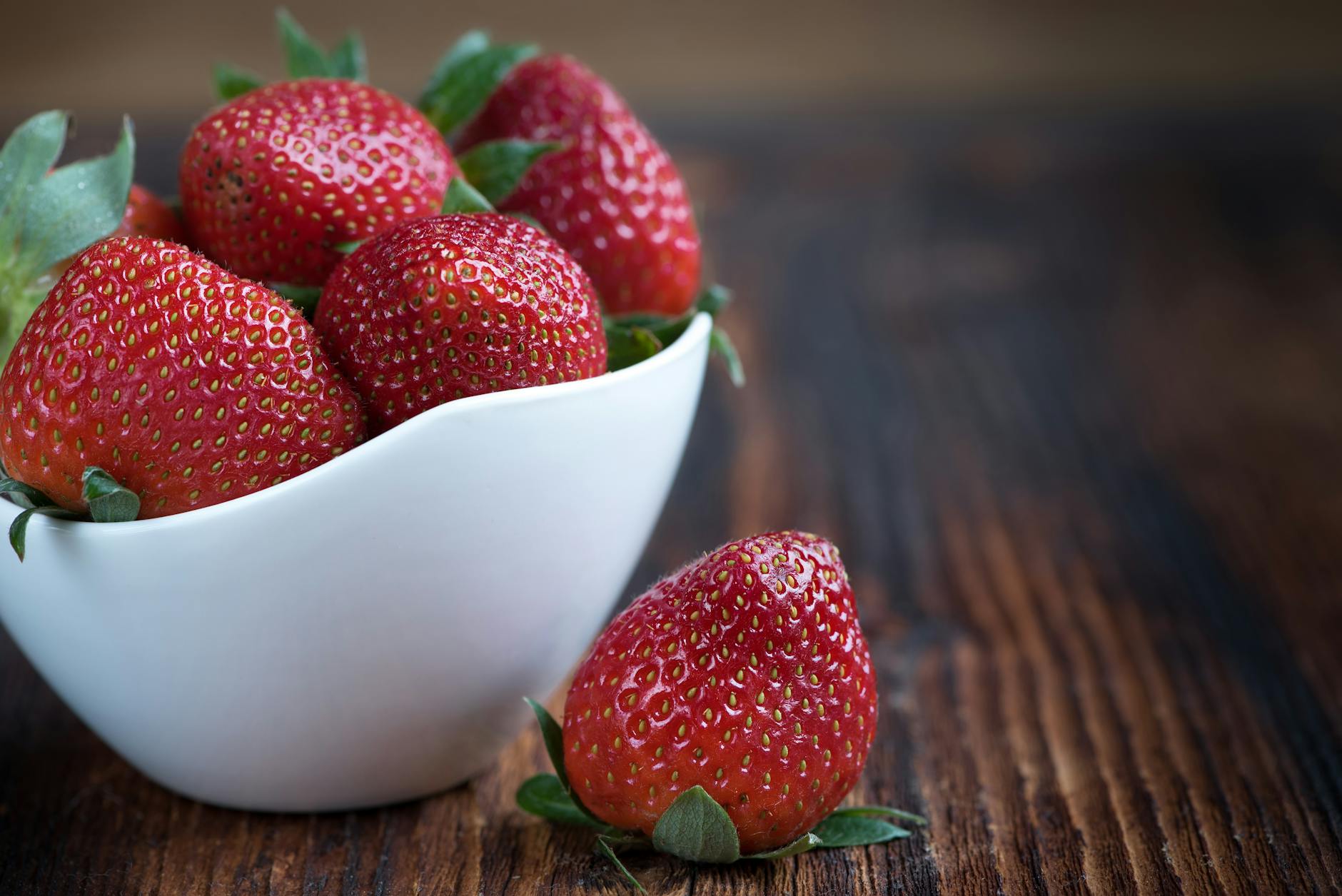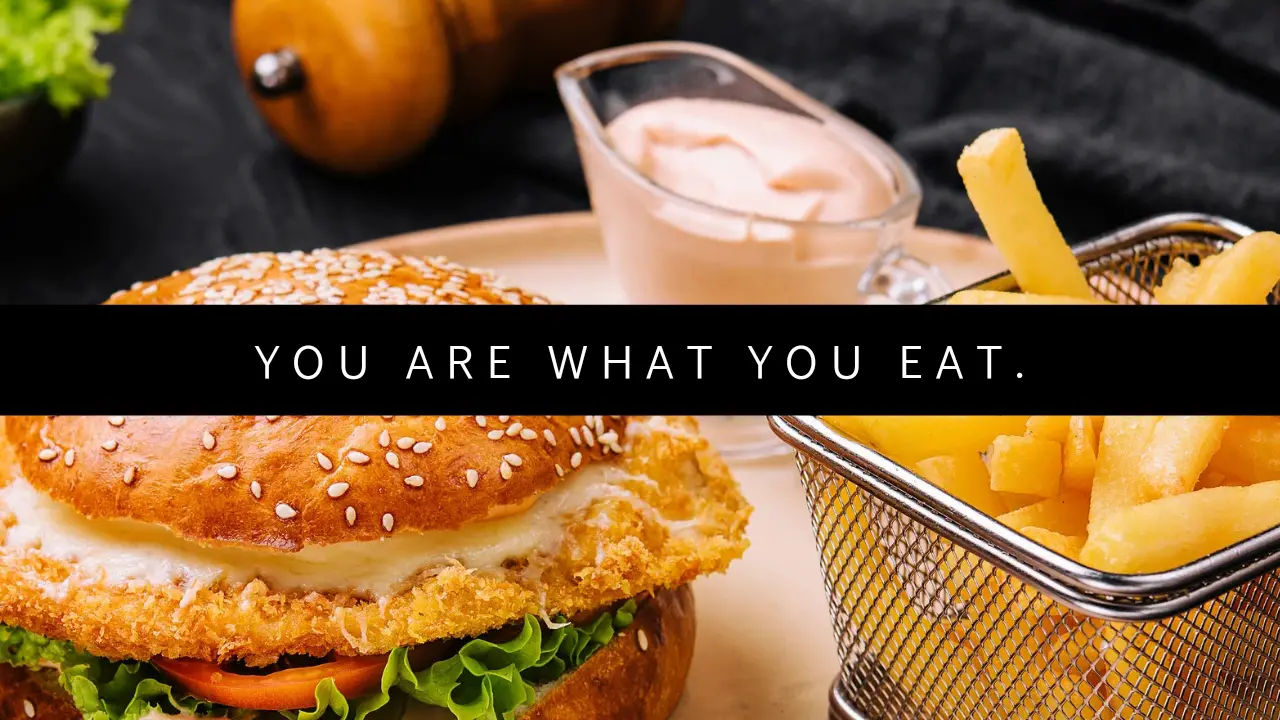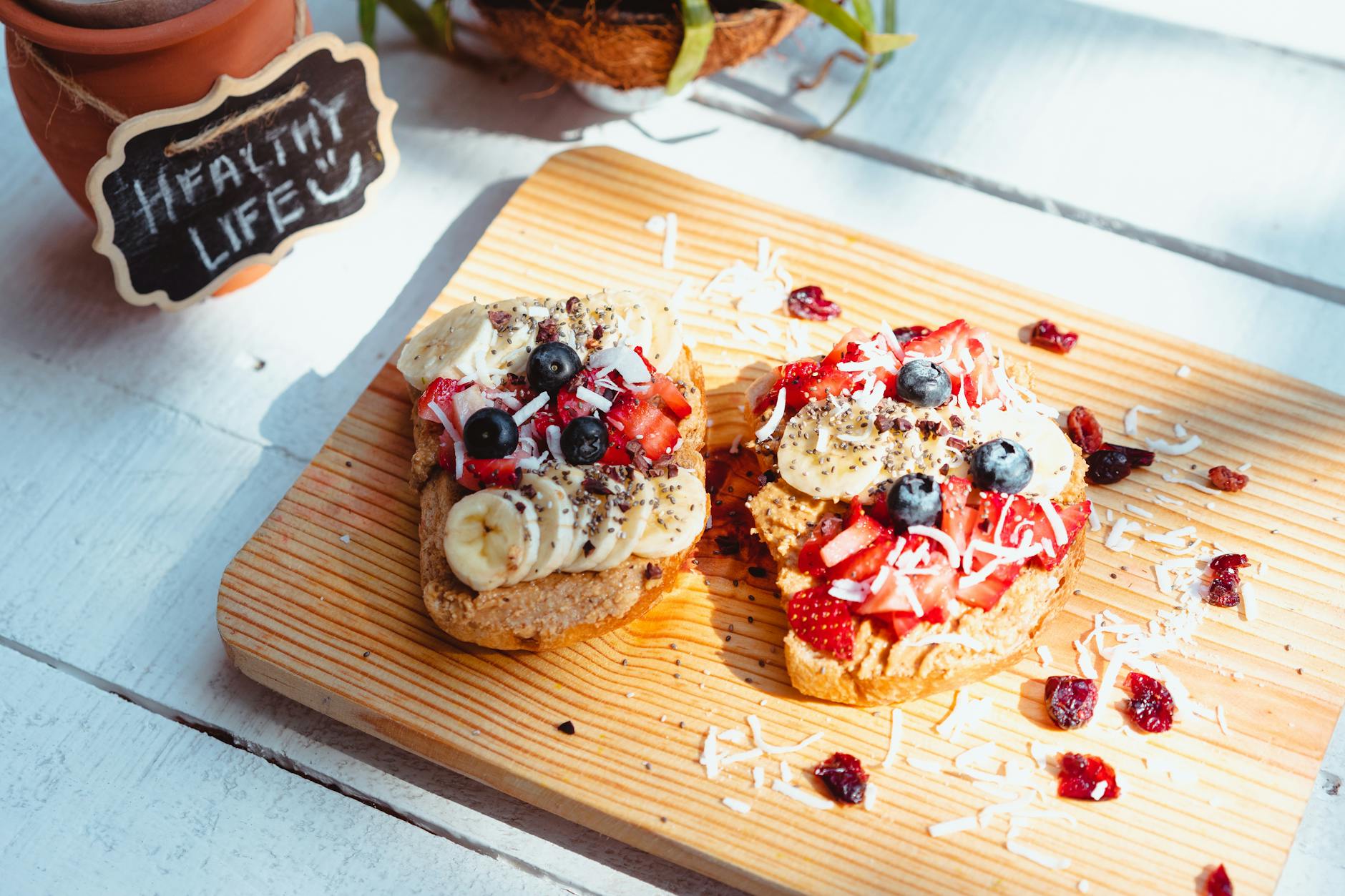Dietary Fibre plays a crucial role in a healthy diet by aiding digestion, regulating bowel movements, and promoting overall gut health. It also helps lower cholesterol levels, control blood sugar levels, and may even aid in weight management by promoting feelings of fullness. Including a variety of fibre-rich foods like fruits, vegetables, whole grains, and legumes is important for maintaining optimal health.
What is dietary fibre?
Dietary fibre, often simply called fibre, refers to the indigestible parts of plant foods. It’s a type of carbohydrate that the body can’t break down into sugar molecules for energy. Instead, it passes relatively intact through your stomach, small intestine, and colon and out of your body. There are two main types of dietary fibre: soluble fibre, which dissolves in water and can help lower blood cholesterol and glucose levels, and insoluble fibre, which doesn’t dissolve in water and helps move material through your digestive system. Both types are important for maintaining good health.
Types of dietary fibre
Dietary fibre can be classified into two main types: soluble fibre and insoluble fibre.
Soluble Fiber:
Soluble fibre dissolves in water to form a gel-like substance in the digestive tract.
Sources include oats, barley, legumes, fruits (such as apples, oranges, and berries), and vegetables (such as carrots and Brussels sprouts).
It helps lower cholesterol levels, regulate blood sugar levels, and promote the growth of beneficial gut bacteria.
Insoluble Fiber:
Insoluble fibre does not dissolve in water and adds bulk to the stool, helping to promote regular bowel movements.
Sources include whole grains (such as wheat bran, brown rice, and whole wheat), nuts, seeds, and the skins of fruits and vegetables.
It aids in digestion and can help prevent constipation and diverticular disease.
Both types of fibre are important for maintaining a healthy digestive system and overall well-being.
Healthy benefits of dietary fibre
Dietary fibre offers numerous health benefits, including:
- Digestive Health: Fiber adds bulk to stools, promoting regular bowel movements and preventing constipation. It also helps maintain the health of the colon and reduces the risk of developing haemorrhoids and diverticular disease.
- Heart Health: Soluble fibre can help lower LDL (bad) cholesterol levels, reducing the risk of heart disease and stroke. It achieves this by binding to cholesterol particles and removing them from the body.
- Blood Sugar Control: Fiber slows down the absorption of sugar, helping to regulate blood sugar levels and reducing the risk of type 2 diabetes. It also improves insulin sensitivity.
- Weight Management: High-fiber foods tend to be more filling, which can help control appetite and reduce calorie intake. Additionally, fibre-rich foods often have fewer calories compared to processed foods.
- Gut Health: Fiber acts as a prebiotic, providing fuel for beneficial bacteria in the gut. This promotes a healthy balance of gut flora, which is important for immune function and overall well-being.
- Reduced Risk of Certain Cancers: Adequate fibre intake, particularly from fruits, vegetables, and whole grains, may lower the risk of colorectal cancer, possibly due to its role in promoting regular bowel movements and maintaining a healthy colon environment.
- Lowering Inflammation: Some types of fibre, particularly soluble fibre, have been associated with reduced inflammation levels in the body, which may help lower the risk of chronic diseases like heart disease and arthritis.
Incorporating a variety of fibre-rich foods into your diet can contribute to overall health and well-being.
Sources of fibre
Fibre-rich foods come from plant sources and include:
- Whole Grains: Foods like oats, barley, quinoa, brown rice, whole wheat bread, and whole grain pasta are excellent sources of fibre.
- Fruits: Berries (such as raspberries, blackberries, and strawberries), apples, pears, oranges, bananas, and avocados are all high in fibre.
- Vegetables: Dark leafy greens (like spinach, kale, and Swiss chard), broccoli, Brussels sprouts, carrots, sweet potatoes, and bell peppers are great sources of fibre.
- Legumes: Beans (such as black beans, kidney beans, chickpeas, and lentils) and peas are rich in fiber.
- Nuts and Seeds: Almonds, walnuts, chia seeds, flaxseeds, and pumpkin seeds are good sources of fiber and healthy fats.
- Whole Grain Products: Opt for whole-grain versions of bread, pasta, cereal, and crackers to increase your fibre intake.
- Incorporating a variety of these fibre-rich foods into your diet can help you meet your daily fibre needs and reap the health benefits associated with fibre consumption.
How to eat more fibre
To increase your fibre intake, try these tips:
- Choose Whole Grains: Opt for whole-grain bread, pasta, rice, and cereals instead of refined grains. Look for labels that say “100% whole grain” or “whole wheat.”
- Eat Plenty of Fruits and Vegetables: Aim to include a variety of fruits and vegetables in your meals and snacks. Leave the skins on when possible, as they are often rich in fiber.
- Include Legumes: Add beans, lentils, chickpeas, and other legumes to soups, salads, stews, and casseroles. They are excellent sources of fibre and protein.
- Snack on Nuts and Seeds: Keep a supply of nuts and seeds like almonds, walnuts, chia seeds, and pumpkin seeds for a quick and nutritious snack.
- Swap Refined for Whole Grain: Replace refined grains with whole grains whenever possible. For example, choose whole grain bread instead of white bread and brown rice instead of white rice.
- Add Fiber to Smoothies: Blend fruits, vegetables, and leafy greens into your smoothies to increase their fibre content. You can also add oats or chia seeds for an extra boost.
- Bulk Up Meals with Vegetables: Add extra vegetables to your meals, such as adding spinach or peppers to omelettes, topping pizzas with veggies, or adding grated carrots or zucchini to pasta sauces.
- Choose High-Fiber Snacks: Snack on fibre-rich foods like air-popped popcorn, whole fruit, raw vegetables with hummus, or whole-grain crackers with nut butter.
By incorporating these simple strategies into your diet, you can easily increase your fibre intake and enjoy the health benefits that come with it.
Discover more from Simple Nutrition
Subscribe to get the latest posts sent to your email.



great post – thanks !!
Download 50 Amazing Keto Recipes –> https://ketodietrecipes.co.uk/
Love This !! my thoughts on this ….
Thanks – PomKing
http://www.pomeranianpuppies.uk
Great Read Can i leave my thoughts ?! –
Looking To Tone Up? Lose Extra lb’s Just By Changing What You Eat?
Download Over 50 Keto Recipes , Unleash The Flavours – http://ketodietrecipes.co.uk/
good read
Regard Mel
Over 50 Delicious Keto Recipes – http://www.ketodietrecipes.co.uk